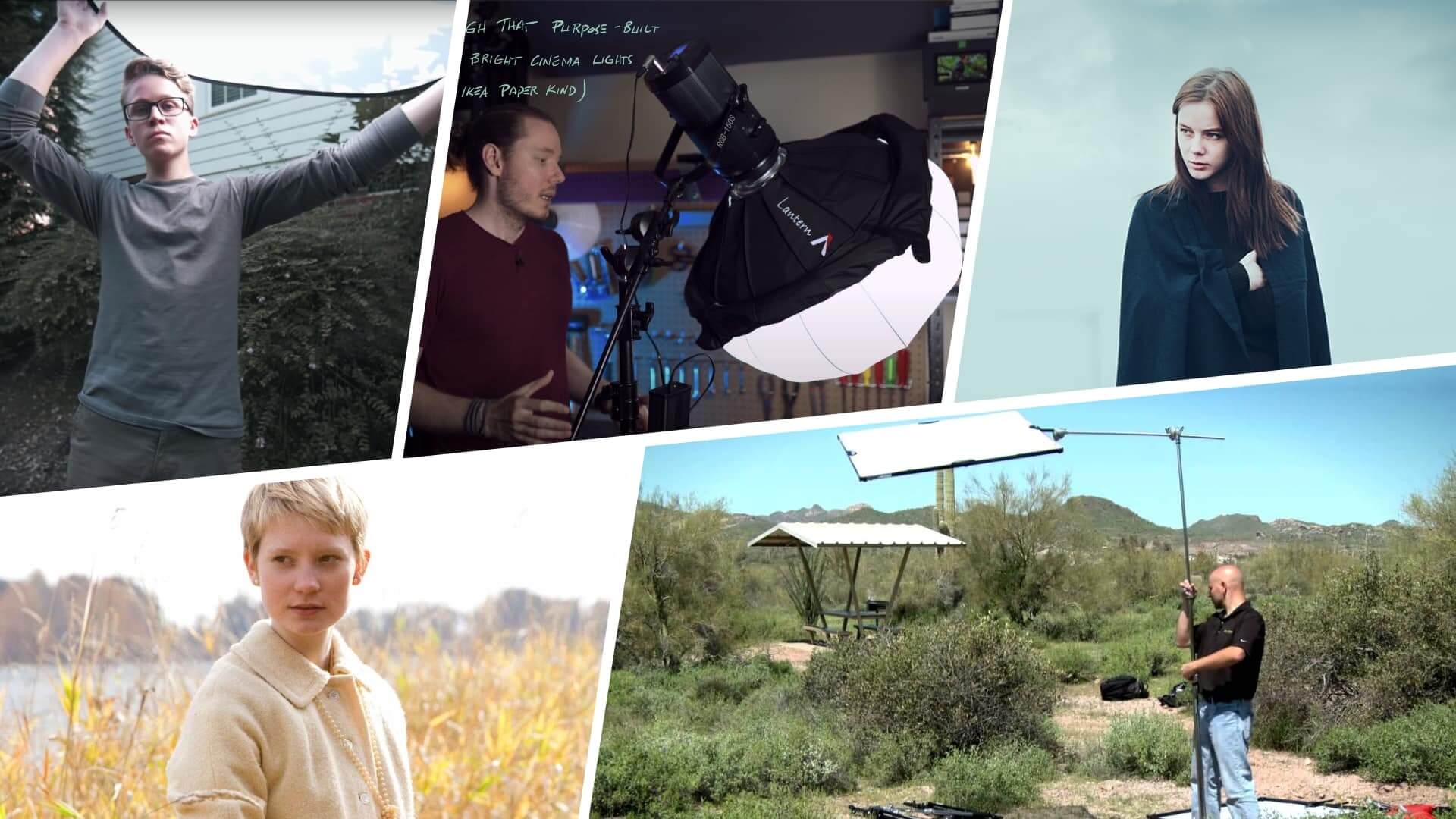Understanding the different qualities of light is important for any filmmaker to know. Each quality can enhance a story by providing a visual element that matches the style and tone of a film. One of the most fundamental qualities of light to understand is diffused light. But what is diffused light? From interviews to commercial work to films, knowing the effects of this type of light can make you a more versatile and well-equipped filmmaker. Let’s find out how you can use diffused light in your next project.
what is diffused light?
Light vs. diffused light
Light bridges an interesting gap between science and art. Different scientific factors can affect the quality of a light which inherently affects the artistry of a film. Let’s analyze how the science of diffused light affects the quality it can produce in a shot.
DIFFUSED LIGHT DEFINITION
What is diffused light?
Diffused light is light that has an even concentration across the spread of its beam. Otherwise known as "soft light," It disperses light evenly across a surface or subject and can soften shadows and produce a more flattering image. The opposite of this is hard light which produces harsh shadows and a concentrated light spread. Neither soft or hard light are inherently "better" types of light. It all comes down to the look and feel you want for the image.
Techniques to diffuse light
- Bounce light
- Use diffusion material
- Shoot under overcast skies during the day
what is diffused light?
Effects of diffused light
Diffused light is used for various reasons for interviews, commercials, and films. The most common reason is because it is a flattering quality of light. Wrinkles and facial features are not as harshly defined with soft light.
The second effect of using soft light is the wider beam angle. This can be helpful when you need to light a larger area, but your lights have a very narrow, concentrated spread.
Shining this spot light through diffusion will help you expose larger areas
Oftentimes cinematographers do not want harsh shadows in a shot because it does not match the mood or style of the scene. Soft light creates softer shadows that are not distracting or very distinguished.
Check out this video by DSLR Video Shooter in which they break down these effects of soft light and analyze some tips on how to create it.
Diffusion: How and Why You Should Use Soft Light
Lastly, a negative effect of diffusing your light sources to keep in mind is that by diffusing your light you actually lose output. Adding diffusion material to a light will produce a softer light, but will inherently reduce the amount of exposure on your subject.
If you know you are planning to diffuse your light, keep this in mind and utilize stronger light sources so that when they are diffused, they can still properly expose your scene.
Now that you understand the effects of soft light, let's dive into a few tips and tricks in how to achieve it.
How to Diffuse Light
4 tips to achieve diffused light
Here are a few tips that will help any filmmaker achieve soft light no matter what your budget is.
1. Silks
This may be the most obvious tip, but it is also the most expensive. Using silks, scrims, and flags are the most professional ways to go about lighting your project. However, the best video lighting kits are a bit pricey and can drain your budget.
2. Diffusion Materials
If you’re on a budget and looking for more economical ways to achieve soft light, get creative. Using diffusion materials like white sheets, sheers, and thin fabrics can help you achieve this look for just a few dollars.
Sure they might be a little more DIY, but they’ll help you save money to spend on more important production costs.
Here’s a video with a few more tips that can help you diffuse light without breaking the bank.
Diffusion Basics: 3 Cheap Ways To Diffuse Light
3. Bounce light
Bouncing your light off of walls, bounce boards, and other materials can help diffuse the spread of your light. Experimenting with bouncing light on the location of your scene can help you get a more diffused light look.
4. Shoot under overcast skies
When shooting exterior scenes, it’s always a good idea to wait for an overcast day so that the sunlight will be diffused by the clouds. This will create a nice soft and diffused light that will be less harsh and more flattering for your shot.
Related Posts
UP NEXT
Best Film Lighting Techniques
Lighting is one of the key visual elements that can really make a film look cinematic. Interested in learning about more fundamental lighting techniques that will help you become a better filmmaker? Check out our article of the best film lighting techniques that will help you get that cinematic look for your film.
Up Next: Lighting Techniques →
Showcase your vision with elegant shot lists and storyboards.
Create robust and customizable shot lists. Upload images to make storyboards and slideshows.
